A matrix organizational structure is a unique approach to team management. It integrates multiple reporting lines and encourages cross-functional collaboration. Unlike traditional hierarchical structures, a matrix structure enables individuals to work simultaneously across functions and projects.
Moreover, fostering a dynamic environment where employees collaborate across departments, enhancing communication and promoting cross-functional teamwork. This article introduces you to the top benefits of a matrix organization.
In this article
Benefits of Matrix Organization
Matrix organizational structures offer numerous benefits that empower businesses to thrive in dynamic environments. From fostering collaboration to enhancing flexibility, these advantages drive efficiency and innovation. Below, we delve into the key benefits of adopting a matrix organization, highlighting its transformative impact on modern businesses.
Facilitates Cross-Functional Collaboration
- The matrix organizational structure facilitates collaboration across different departments and functional areas by breaking down silos and promoting teamwork.
- With individuals assigned to both functional teams and project teams simultaneously, employees can interact with colleagues from various backgrounds and expertise.
- This fosters a collaboration and knowledge-sharing culture, where ideas and insights can flow freely between different parts of the organization.
- Additionally, cross-functional collaboration often leads to innovative solutions and a deeper understanding of business processes, ultimately driving organizational success.
Improves Communication Channels
- In a matrix structure, communication channels are improved as team members are encouraged to interact across different reporting lines.
- With clear roles and responsibilities defined within project teams, communication flows more freely between team members, departments, and leadership.
- This open communication fosters transparency and trust, allowing for better coordination of tasks, alignment of goals, and resolution of conflicts.
- Moreover, by fostering a culture of open communication, the matrix structure promotes a sense of ownership and accountability among team members, leading to increased productivity and effectiveness.
Increases Flexibility in Resource Allocation
- One of the key benefits of the matrix structure is its ability to increase flexibility in resource allocation.
- By assigning individuals to multiple projects or teams, organizations can efficiently allocate resources based on project needs and priorities.
- This ensures that resources are utilized effectively, maximizing productivity and minimizing waste.
- Additionally, the matrix structure allows organizations to adapt quickly to changes in resource requirements, reallocating resources as needed to address emerging challenges or opportunities.
- This flexibility in resource allocation enables organizations to respond swiftly to evolving market conditions and customer demands, maintaining a competitive edge in dynamic industries.
Promotes Adaptability to Change
- The matrix structure promotes adaptability to change by fostering a dynamic and agile organizational culture.
- With cross-functional teams and flexible reporting lines, organizations are better equipped to respond to changes in the business environment, such as shifts in market trends, technological advancements, or regulatory requirements.
- Team members are encouraged to collaborate and innovate, finding creative solutions to challenges and seizing new opportunities.
- Moreover, the matrix structure encourages continuous learning and development, exposing employees to diverse perspectives and experiences.
- This adaptability to change enables organizations to stay ahead of the curve, driving growth and success in today's rapidly evolving marketplace.
Visualizing Matrix Structures with EdrawMind
EdrawMind is a versatile and intuitive software solution designed to facilitate the creation of comprehensive diagrams and charts. It is an ideal tool for visualizing complex organizational structures such as matrix organizations. With its user-friendly interface and robust features, EdrawMind empowers users to depict matrix structures' intricate relationships and dynamics accurately.
How to use EdrawMind
Below is the step-by-step guide demonstrating how EdrawMind can be used to create diagrams and charts representing matrix organizational structures. By the way, EdrawMind is available in multiple ways. You may download and intall the diagram software or application to your computer or phone.
Moreover, it has this quick web access for any users to create org charts freely. Try eacy anyway.
Step 1:
Launch EdrawMind and select a suitable template or start with a blank canvas.
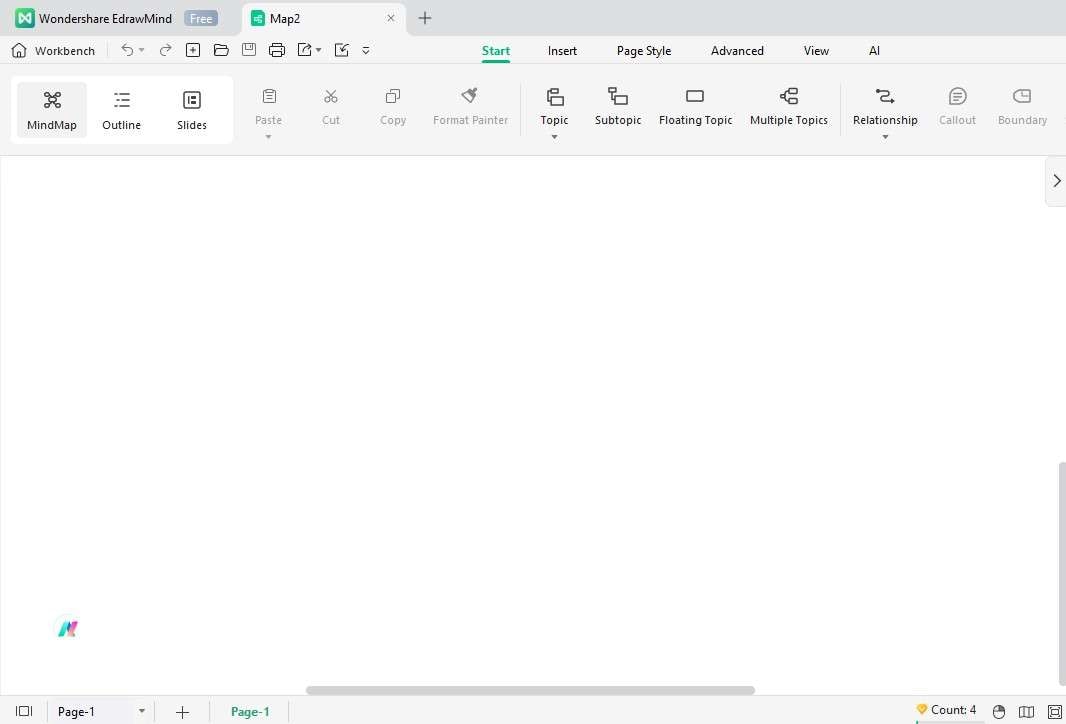
Step 2:
Define the primary components of the matrix structure, including project managers, project team members, and resource managers.
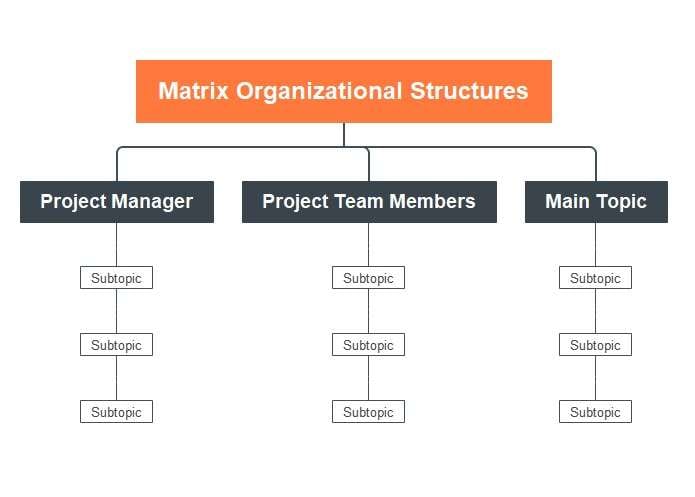
Step 3:
Utilize the various shapes, symbols, and connectors available in EdrawMind to represent different elements of the matrix organization. For example, use rectangles to represent project managers and circles to represent project team members.
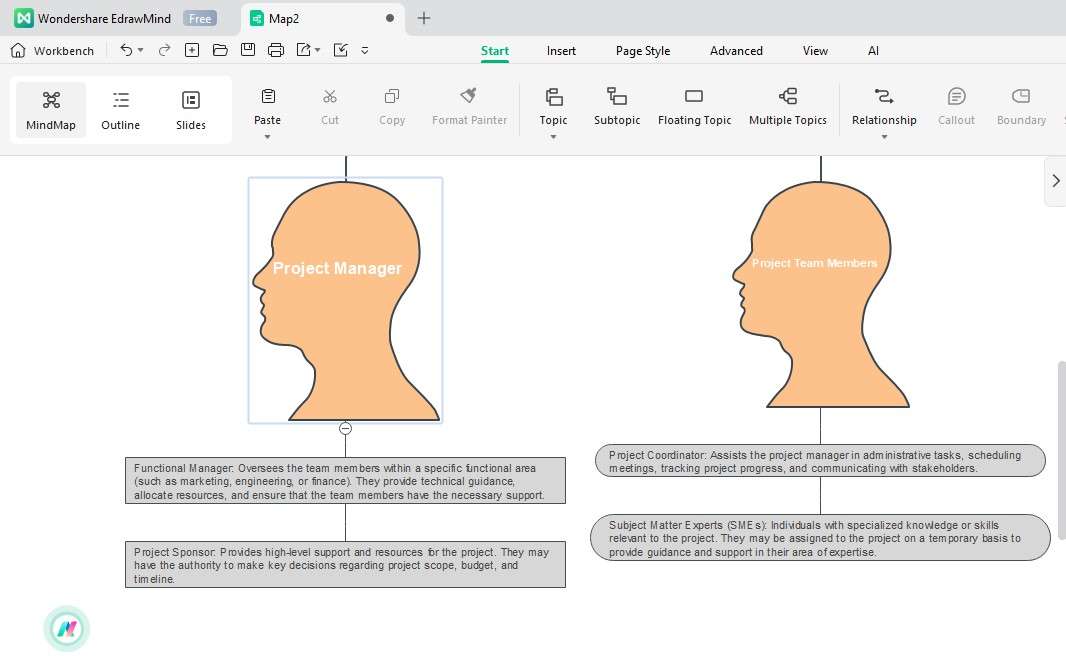
Step 4:
Incorporate dual reporting lines by connecting project team members to project coordinators and subject matter experts.
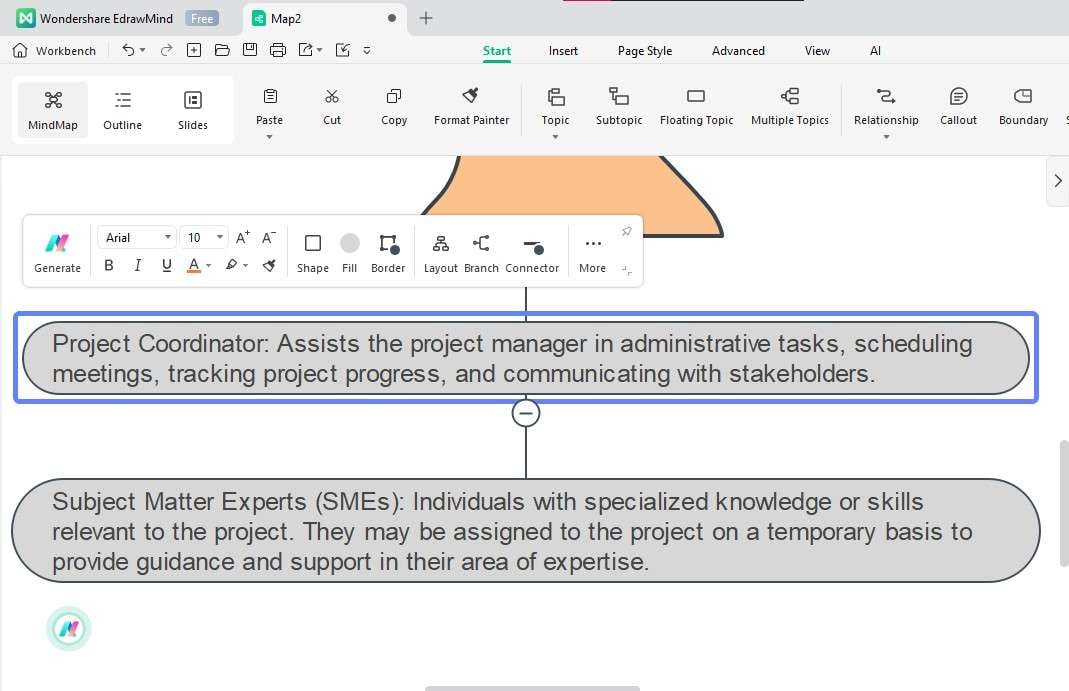
Step 5:
Customize the diagram's appearance by adjusting colors, fonts, and styles to enhance clarity and visual appeal.
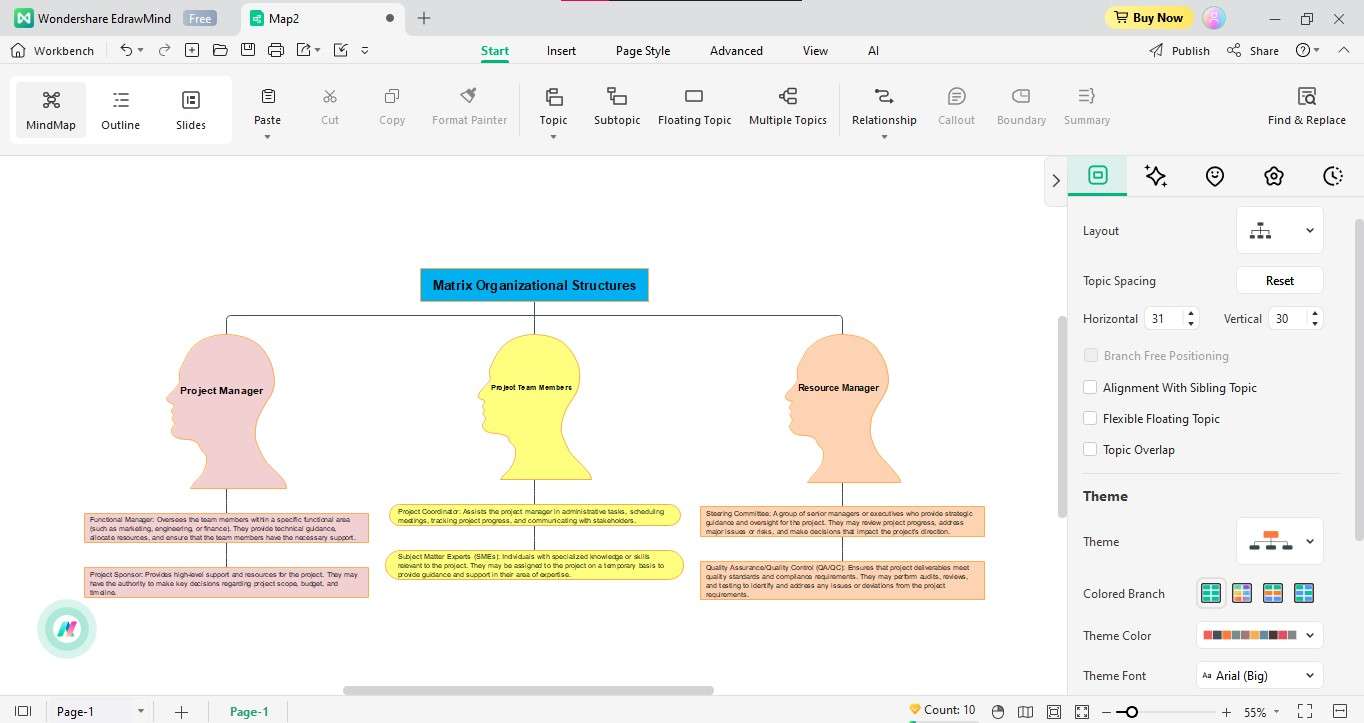
Step 6:
Add labels, titles, and explanatory text to provide context and clarify relationships within the matrix structure.
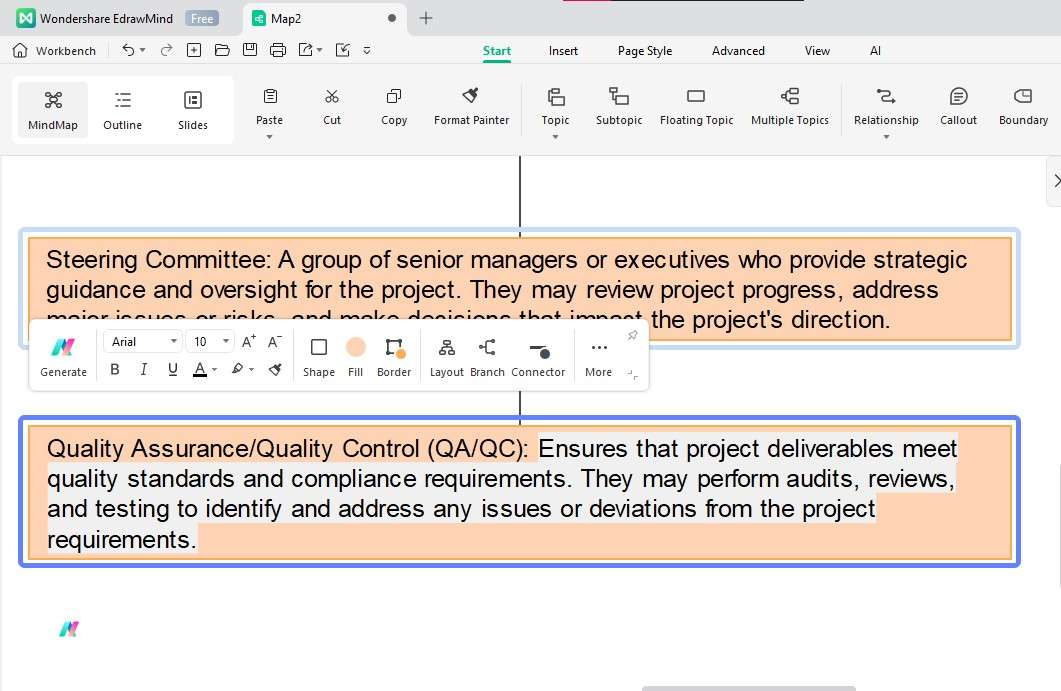
Step 7:
Use grouping and alignment tools like connectors to organize and streamline the diagram's layout, ensuring ease of interpretation.
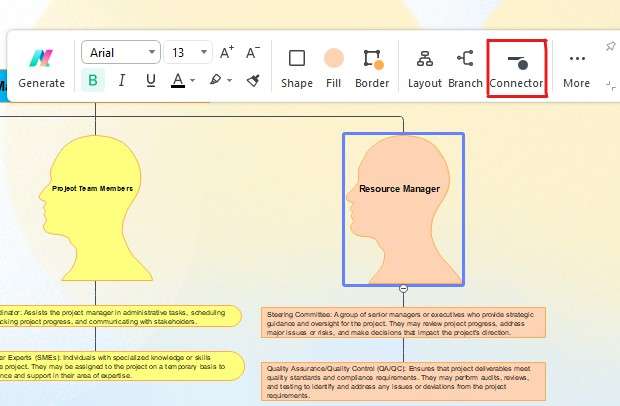
Step 8:
Review and refine the diagram to ensure accuracy and completeness.

Benefits of Visualizing Matrix Structures
Visualizing matrix structures with EdrawMind offers numerous benefits for organizations seeking to improve understanding and communication:
Enhanced Clarity
Visual representations created with EdrawMind provide a clear and concise overview of an organization's matrix structure. By visually mapping out roles, responsibilities, and reporting relationships, stakeholders better understand how different parts of the organization interact and collaborate. This clarity helps reduce confusion and ambiguity, ensuring everyone is on the same page regarding their roles and contributions.
Improved Communication
EdrawMind diagrams are powerful communication tools, particularly for conveying complex concepts and strategies related to the matrix structure. Leaders can use visual diagrams to illustrate key points during meetings, presentations, or training sessions. The visual format makes information more accessible and digestible for stakeholders, leading to more effective communication and alignment across teams and departments.
Transparency and Alignment
Visualizing matrix structures fosters transparency within organizations by making the structure and relationships between different entities more visible and understandable. When everyone can see how departments and teams interact within the matrix, it promotes alignment toward common goals and objectives. This transparency helps build trust among employees and enhances collaboration across the organization.
Strategic Decision-Making
EdrawMind's visual representations enable organizations to identify areas for improvement or optimization within the matrix structure. By analyzing diagrams, leaders can pinpoint inefficiencies, bottlenecks, or areas of overlap that may hinder productivity or effectiveness. This insight empowers strategic decision-making, allowing organizations to implement changes that enhance efficiency, streamline processes, and drive overall performance.
Visualizing matrix structures with EdrawMind goes beyond simply mapping out organizational charts—it facilitates clearer communication, promotes transparency, and enables informed decision-making.
Conclusion
The matrix organizational structure offers improved collaboration, communication, flexibility, and adaptability. EdrawMind is the preferred tool for visualizing these structures due to its user-friendly interface, robust features, and ability to enhance understanding and communication within organizations. By choosing EdrawMind, users can effectively illustrate the complexities of matrix structures, leading to greater clarity, alignment, and strategic decision-making.



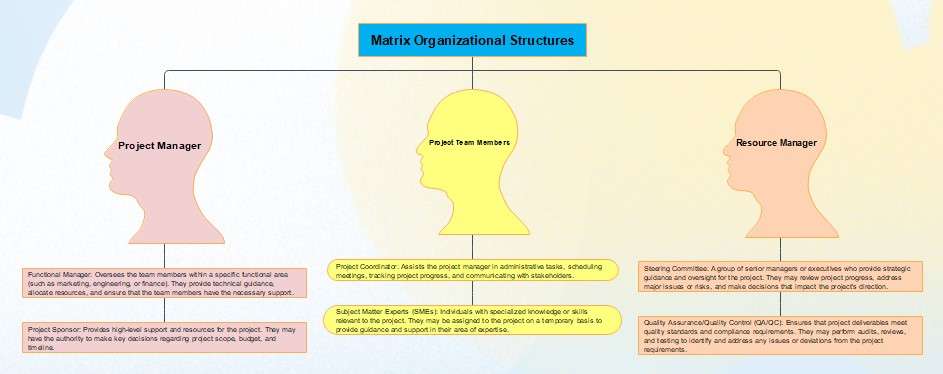
 below.
below.  below.
below. 